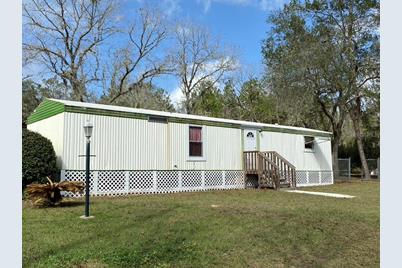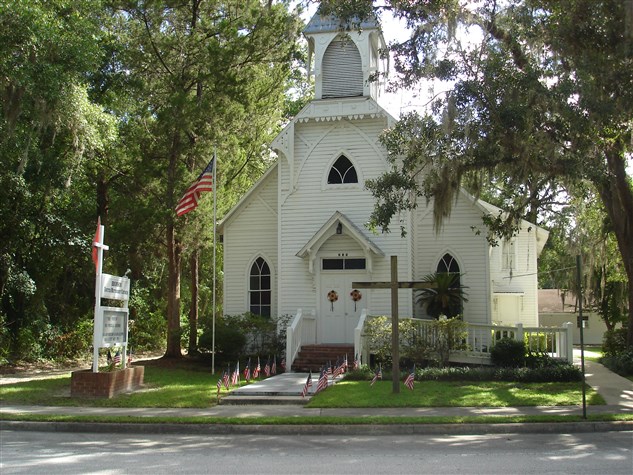

These are lakes large enough to include recreation and scenic areas. Lakefront: The neighborhood includes shoreline on a significant body of freshwater. Other important languages spoken here include Spanish and Polish.Ĭoastal: Neighborhoods on the ocean or tidally influenced rivers. The most common language spoken in Bronson is English. Important ancestries of people in Bronson include Irish, German, English, French, and Polish. People of Hispanic or Latino origin account for 13.05% of the town’s residents. Bronson also has a sizeable Hispanic population (people of Hispanic origin can be of any race). The greatest number of Bronson residents report their race to be White, followed by Black or African-American. The people who call Bronson home describe themselves as belonging to a variety of racial and ethnic groups. This equates to an annual income of $69,160 for a family of four.īronson is an extremely ethnically-diverse town. The per capita income in Bronson in 2018 was $17,290, which is low income relative to Florida and the nation. 16.69% of adults in Bronson have a bachelor's degree or advanced degree. The percentage of adults in Bronson with college degrees is slightly lower than the national average of 21.84% for all communities. If there was not a name available, we named the census tract by the largest street intersection in the census tract (e.g., Worcester, MA (Lincoln St/Plantation St)

Then we named each census tract to the local colloquially recognized neighborhood name for that spot (e.g., Boston, MA (Dorchester). Since census tracts are subdivisions of a county, we did a spatial overlay of the census tracts onto city and town boundaries using a geographic information system to properly assign each census tract to its appropriate city or town. In urban areas, they are small, and in rural areas they can cover an entire small town or even a few small towns in very rural areas. Because census tracts are based on population, they vary in size depending on the density of settlement. This is the most fine-grained area for which detailed information is made available from the government, to protect the individual privacy of each of us. Census tracts usually have 4,000 persons, but can range between 1,500 and 8,000 persons. Census Bureau in conjunction with local authorities all across the country to define real neighborhoods that are bounded to contain areas with homogeneous population characteristics (including economic status, lifestyle, and living conditions). NeighborhoodScout® uses the official government designation for neighborhoods - the census tract.Ĭensus tracts are small, relatively permanent subdivisions of a county that are defined by the U.S.


 0 kommentar(er)
0 kommentar(er)
